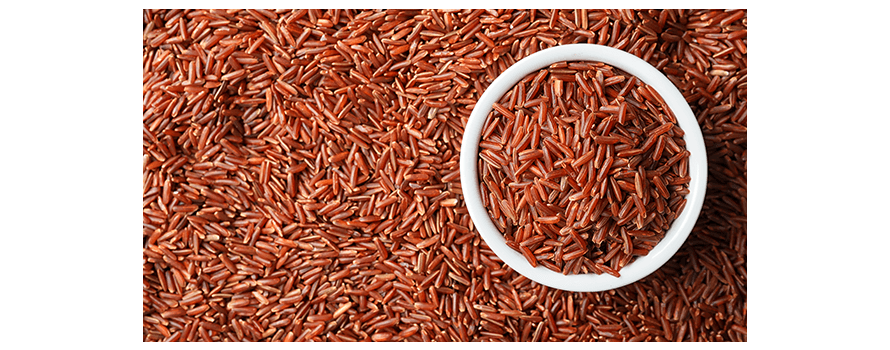In Ayurveda, headaches are not regarded as a sickness but rather as a sign of vitiation of one or more of the three Doshas (Vata, Pitta, and Kapha), with Vata typically being the predominant Dosha afflicted.
Ayurveda categorizes types of headaches:
- Ardhaavabheda (unilateral pain )
- Anantavaata (classical migraine)
- Suryavatra (morning headache)
Some of the causes of headaches, according to Ayurveda, are:
The practitioner will ascertain the underlying reason and the Dosha imbalance through the Ayurvedic examination (Rogi Pariksha) and inquiry. The Ayurvedic view of headaches and several types of
headaches caused by Dosha
vitiation are explained in the article.
- Constipation
- Indigestion
- Consuming GMO or polluted food
- Eating oily and spicy food
- Emotions like stress, sadness, and anger
- Having excessive dry and salty food
- Extra intake of pungent food
- Suppressing natural urges
Vata Headache
A Vata headache is characterised by throbbing, pulsating pain and the sense that a band is being tightened around your head. This form of headache is believed to be caused by tension in the neck and shoulders, mental and emotional stress, irregular sleeping patterns, potential gut toxins (such as constipation), and unresolved fear or worry.
What To Do:
Air is a symbol of Vata since it is a dry, cool, and swift element. We aim to soothe dryness in the body and mind when treating a Vata headache. The gut needs to be supported and cleansed as well.
- Be sure to consume plenty of warm water and add ghee (clarified butter) to your diet.
- Try the ancient Nasya remedy for acute headaches by placing 5 drops of lukewarm sesame oil in each nostril while lying down.
Deep relaxation is necessary for Vata headaches, thus it’s okay to take that required 20-minute afternoon sleep.
Pitta Headache
Pitta headaches frequently begin in the temples and progress to the middle of the head. They are frequently made worse by bright light, heat, or eating sour or spicy foods. They are recognised for their shooting, burning, piercing pain with a hint of nausea. Associated with this category are migraines. Pitta headaches are frequently associated with digestive and gastrointestinal disorders including acid indigestion, hyperacidity, or heartburn.
What to Do:
Pitta is the fire constitution. To treat a Pitta headache, we must calm the body’s acidity (fire).
- Add extra cooling items like cucumbers, melons, cilantro, or dates to your regular diet in place of spicy, salty, or fried dishes.
- To relieve severe Pitta headaches, massage warm Brahmi or coconut oil into the soles of the feet and onto the scalp.
Remember to take a few deep breaths, relax, and simplify your schedule.
Kapha Headache
This particular sort of headache is infamous for striking most viciously in the winter and spring. Typically, you have a Kapha headache when you wake up or fall asleep. It is characterised by a heavy, dull feeling in the face and head and may be accompanied by a cough or runny nose. It is likely to get worse when you lie down or lean over. Because they are a result of too much pressure in the sinus cavity, Kapha headaches are also known as sinus headaches.
What To Do:
We need to release nasal pressure to treat this particular sort of headache.
- Use a neti pot with salts every day to aid in opening nasal pathways.
- Reduce mucus congestion by consuming hot ginger tea and spicing your food with black pepper, cinnamon, and cloves.
- Another effective method for relieving a Kapha headache is to breathe in eucalyptus steam.



